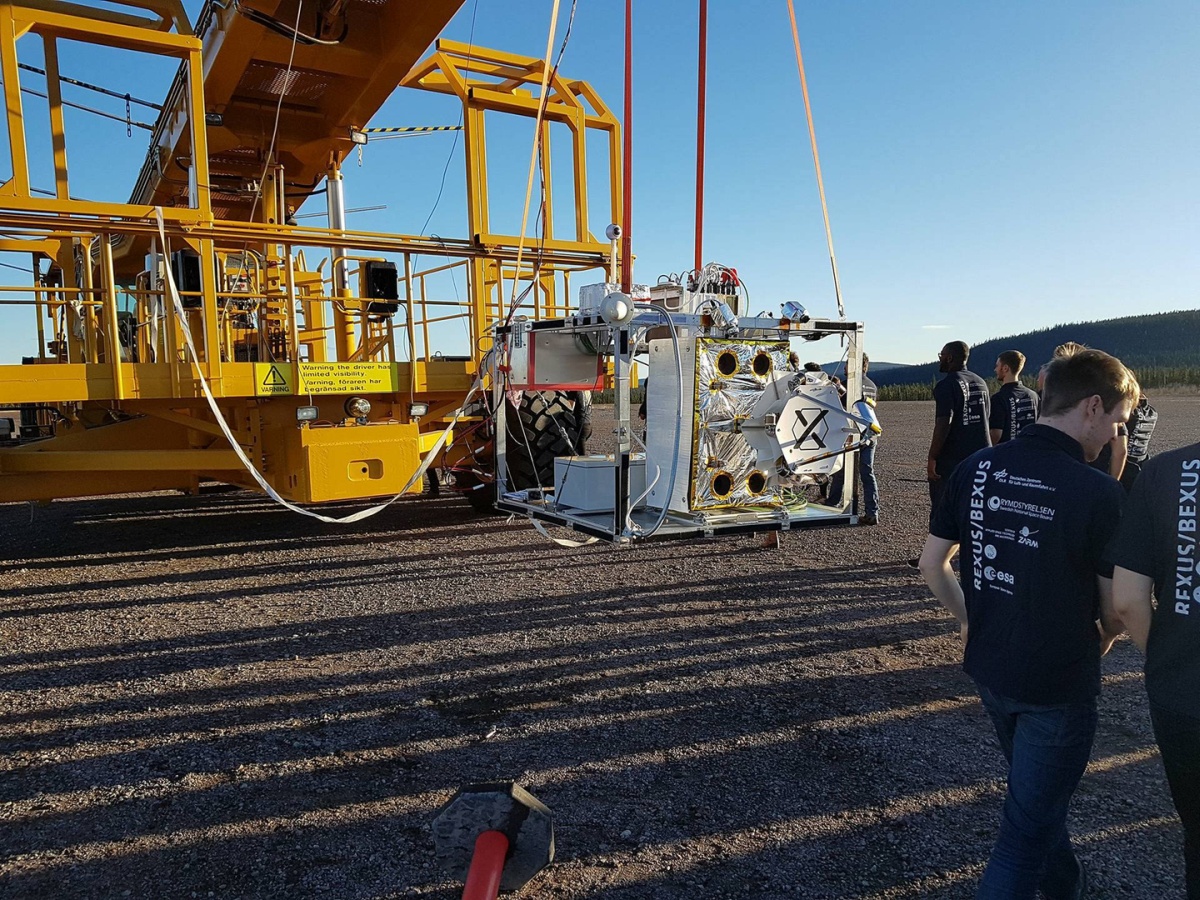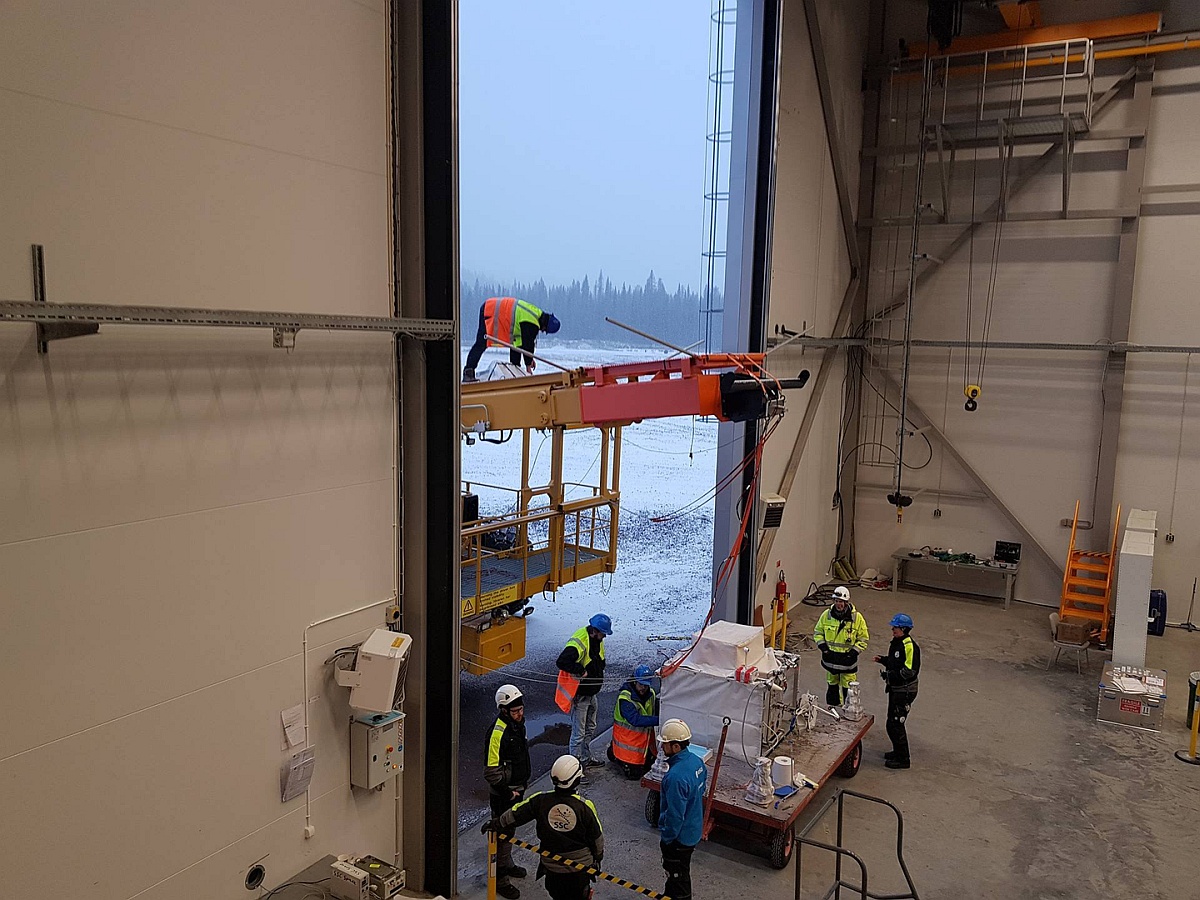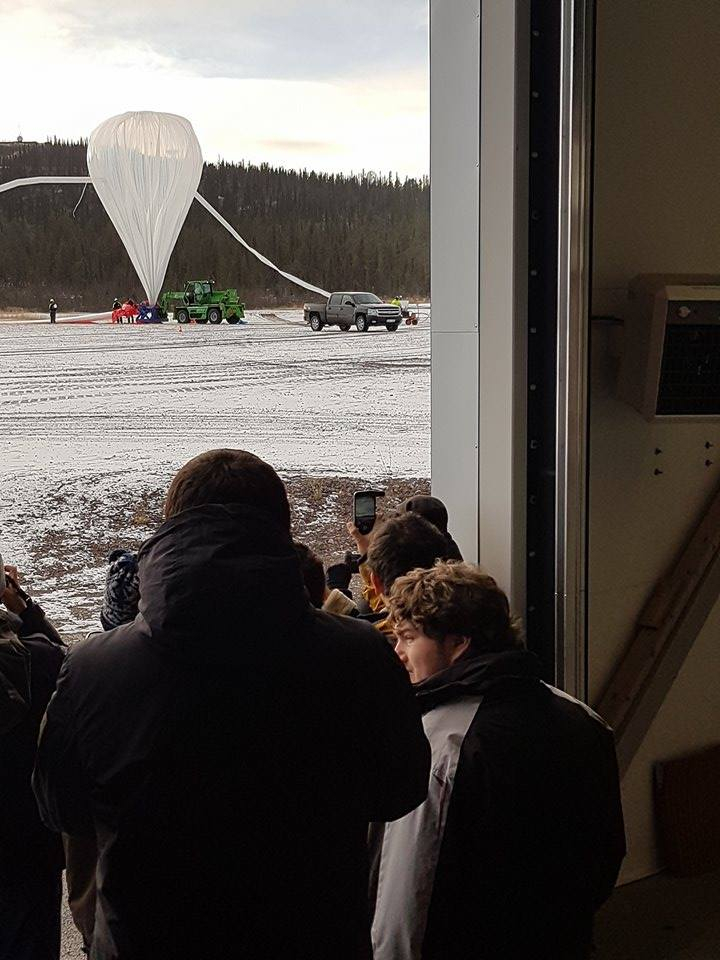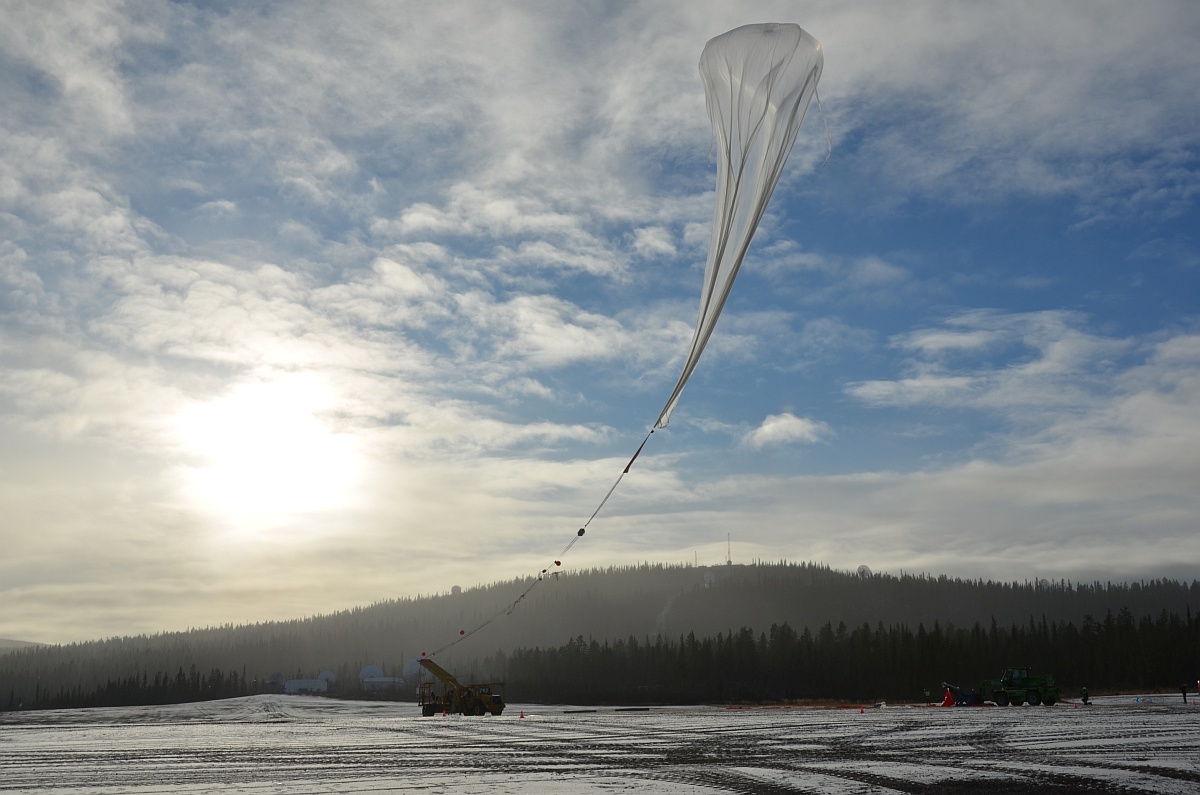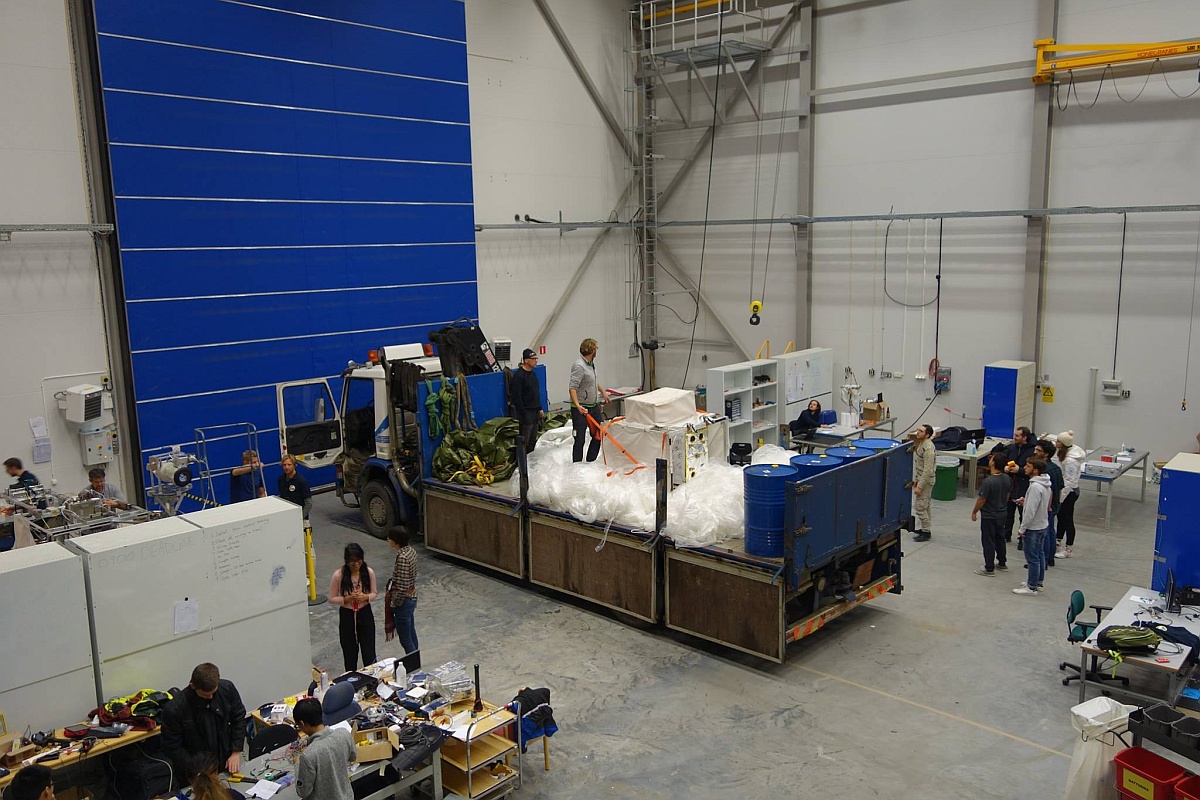Purpose of the flight and payload description
BEXUS which stands for Balloon Experiments for University Students is a project part of the REXUS/BEXUs initiative that allows students from universities and higher education colleges across Europe and more recently also Canada to carry out scientific and technological experiments on stratospheric research balloons. The basic idea behind BEXUS is to provide an experimental space platform for students in different areas of interest such as atmospheric research, fluid physics, magnetic field, materials science, radiations physics, astrophysics, biology and also to serve as a platform for new technology demonstrations.
Each year, two balloons are launched from the European Space Range (ESRANGE) base near Kiruna, Sweden each carrying several experiments assembled on a medium-sized gondola (1.16 m x 1.16 m x 0.84 m). The total lifted-mass is approximately 300kg on each flight. With each payload weighing between 30 and 112 kg that means that 4 student experiments can be accomodated per gondola.
The first five flights of the program were carried out under sponsorship of the Swedish Space Corporation that offered available space on yearly technological flights carried out at ESRANGE. Since 2008, BEXUS is realised under a bilateral Agency Agreement between the German Aerospace Center (DLR) and the Swedish National Space Agency (SNSA). The Swedish share of the payload is made available to students from other European countries through a collaboration with the European Space Agency (ESA). EuroLaunch, a cooperation between ESRANGE and the Mobile Rocket Base (MORABA) of DLR, is the organism responsible for the campaign management and operations of the launch vehicles.
On each cycle of the initiative, experts from DLR, SSC, ZARM (Center of Applied Space Technology and Microgravity, University of Bremen) and ESA provide technical support to the student teams throughout the project. It begins with a Call for Proposals, followed by a condensed space project lifecycle, including typical design phases and reviews, culminating in the launch of the experiments and publication of the final reports.
Details of the balloon flight
Balloon launched on: 10/18/2017 at 11:39 utc
Launch site: European Space Range, Kiruna, Sweden
Balloon launched by: Swedish Space Corporation (SSC)
Balloon manufacturer/size/composition: Zero Pressure Balloon 12.000 m3
End of flight (L for landing time, W for last contact, otherwise termination time): 10/18/2017 at 13:22 utc
Balloon flight duration (F: time at float only, otherwise total flight time in d:days / h:hours or m:minutes - ): 1 h 40 m
Landing site: In North Finland
Campaign: BEXUS
The experiments that were part of Bexus 24 flight were:
CADMUS (Cloud chamber for high Altitude Detection of Muons Under Special relativity effect) developed by Polytechnic University of Catalonia (UPC), Spain whose main goal was to prove that Special Relativity works for particles that travel close to the speed of light. The instrument measured the half-life of the muon decay to see whether it was in agreement with the classical expectation or with the relativistic approach.
DREX (Deployable Reflector EXperiment) developed at the University of Padova, Italy. The purpose of this project was to design, test and verify the performance of a stratospheric deployable reflector named DREX which is a further development of an existing deployable antenna for space. DREX is a prime-focus radial opening antenna that combines inherent redundancy with a reliable deployment mechanism.
EXIST (Examination of Infrasound in the Stratosphere and Troposphere) developed by Luleå University of Technology, Sweden was aimed to measure infrasound, temperature, pressure, wind velocity and direction using two independent sensor boxes. All data obtained was analysed with software used in the International Monitoring System and software developed at the Swedish Institute of Space Physics. It was also compared with data from previous measurements in collaboration with Dr. Daniel Bowman, the Student Leader of the High Altitude Student Payload flights in the United States, and Professor Yamamoto, Kochi University of Technology, who provided the group with microphones developed by SAYA Inc in collaboration with JAXA.
NEMESYS (Neutron Effects on Memory SYStems) developed at University of Rome Tor Vergata, Italy, the experiment aim was to study the effects of particles impact on a memory board as function of the environment. Electromagnetic Field, Lightning Events, altitude and coordinates were monitored during the whole experiment; trying to obtain a correlation between environment factors and soft errors.
External references
- BEXUS website
- BEXUS 24 and 25 successfully launched from Esrange Space Center in northern Sweden ESA website
- EXIST experiment website
14279If you consider this website interesting or useful, you can help me to keep it up and running with a small donation to cover the operational costs. Just the equivalent of the price of a cup of coffee helps a lot.

